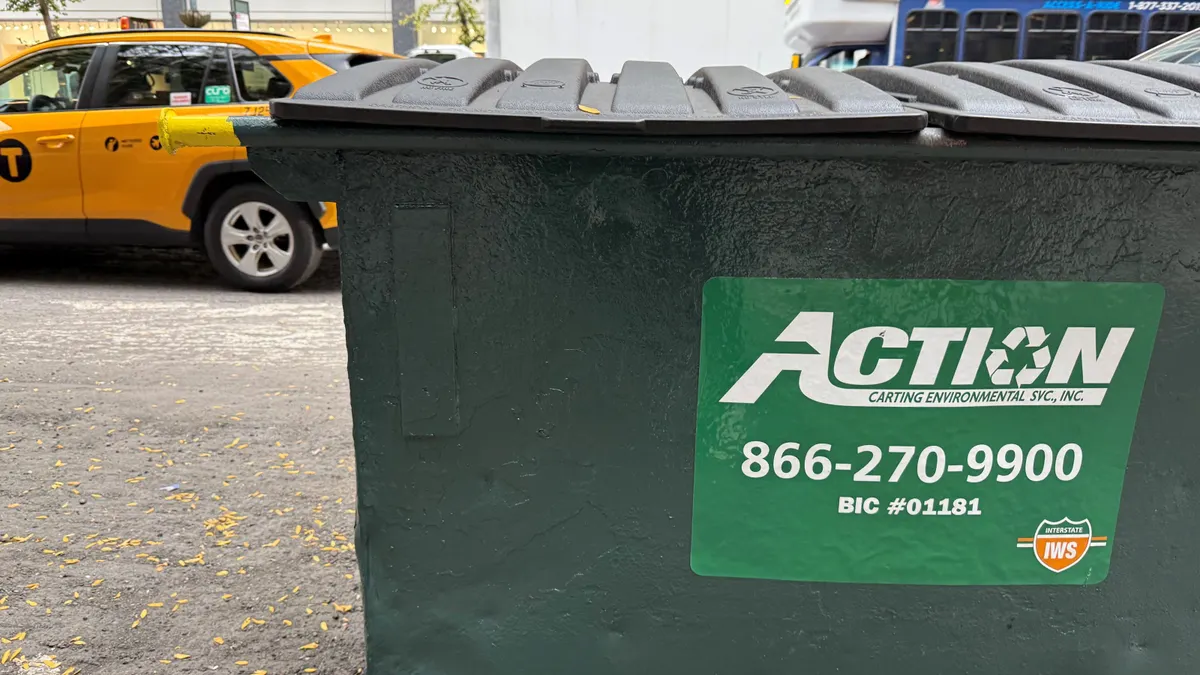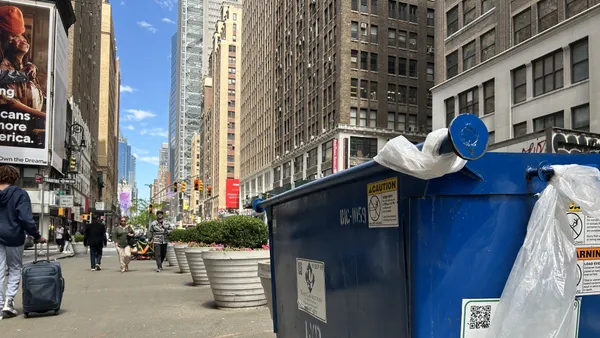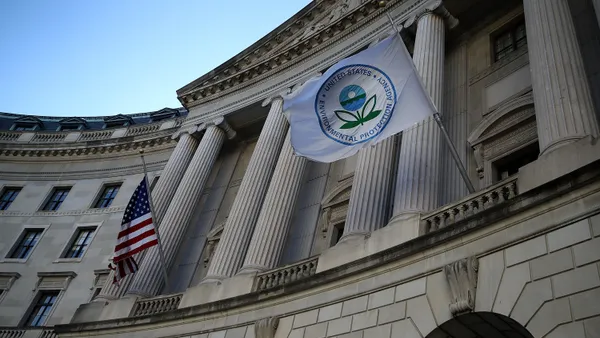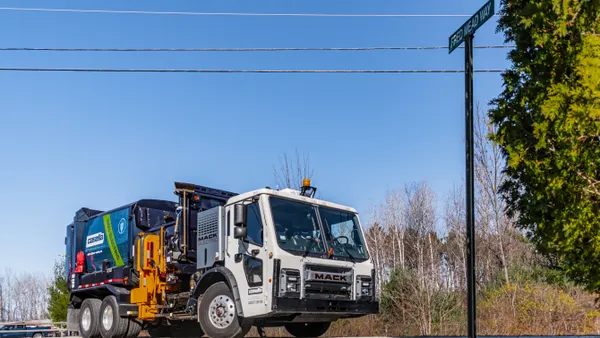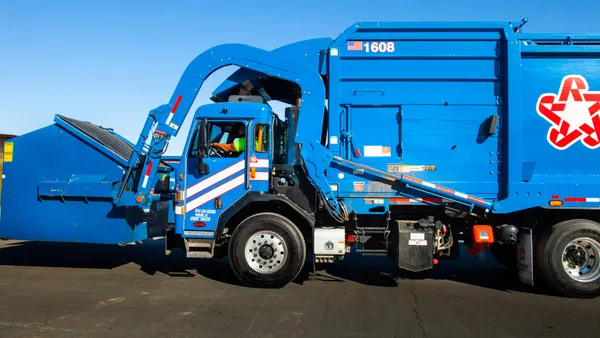Dive Brief:
- The Pennsylvania Department of Environmental Protection (DEP) has approved a third-party root cause analysis (RCA) report identifying the source of a fatal Feb. 2017 slope failure at the Advanced Disposal Services Greentree Landfill in Kersey, PA.
- According to the report, the "placement of non-conventional waste streams … including low shear strength sludges" interacted with an inability to install necessary gas well infrastructure to displace 15.5 acres of waste, resulting in the death of William Pierce.
- The report identified three categories of "factors" as the "primary focus" of the incident investigation team: operational factors, leachate and landfill gas factors (which subsequently contributed to "excessive pore pressure"), and geometric factors “associated with cell configuration and management of waste within [the] configuration.”
Dive Insight:
The 2017 incident led to the DEP requiring Advanced Disposal to pay $695,000 in civil penalties, as well as remediate the slope failure area and consent to restrictions on sludge acceptance. The company was also responsible for $12,000 in OSHA fines. The company's most recent quarterly filing indicates it had incurred $8 million in expenses, net of insurance recoveries, as of June 2018 due to the incident.
Advanced Disposal did not respond to a request for comment on this new report.
In its RCA report, Geosyntec Consultants identified a series of operational conditions that factored into the failure, but said that none "led to (or would have led to)" the collapse in isolation. In combination with pore fluid pressures and geometric factors, Advanced Disposal’s use of oil and gas drill cuttings for interim cover, implementation of a "100-ft plus" setback in the affected landfill cell and installation of a segregation layer "led to an unstable waste mass that resulted in the Slope Failure."
Although Greentree staff acted "aggressively" to implement landfill gas well infrastructure, and met both permit conditions and industry standards in individual decisions, the combination of these operational decisions created a section of concentrated, hydrologically nonconductive low shear strength waste (LSSW) that produced bulging, eruption and the eventual collapse.
In a separate lecture on the geotechnical stability of waste fills, Geosyntec Chairman and Senior Principal Dr. Rudolph Bonaparte explained how the lack of timely gas well installation and concentration of more than 40% LSSW in the Greentree Landfill cell exploited the slope’s weak zones. Bonaparte also connected the observations from the Greentree failure to a need for greater understanding of “unintended consequences” of waste fill operations, including the management of special waste.
The Advanced Disposal site, which has been in operation since 1986, is permitted for an average of 5,500 daily tons of waste and currently accepts an average of 3,000 tons. It's included in the solid waste plans of several Pennsylvania counties and has contracts with multiple generators in the region.
According to the Bureau of Labor Statistics (BLS), three of the 63 fatalities in the "waste management and remediation services" category occurred at landfills in 2017. While this is a small number relative to the 30 fatalities among collection workers — which often receive more regular attention in safety discussions — it indicates that risks are still present at closed sites. While official 2018 BLS data won't be available until later this year, anecdotal reports indicate that there have already been at least two fatalities at landfills so far in 2019.




